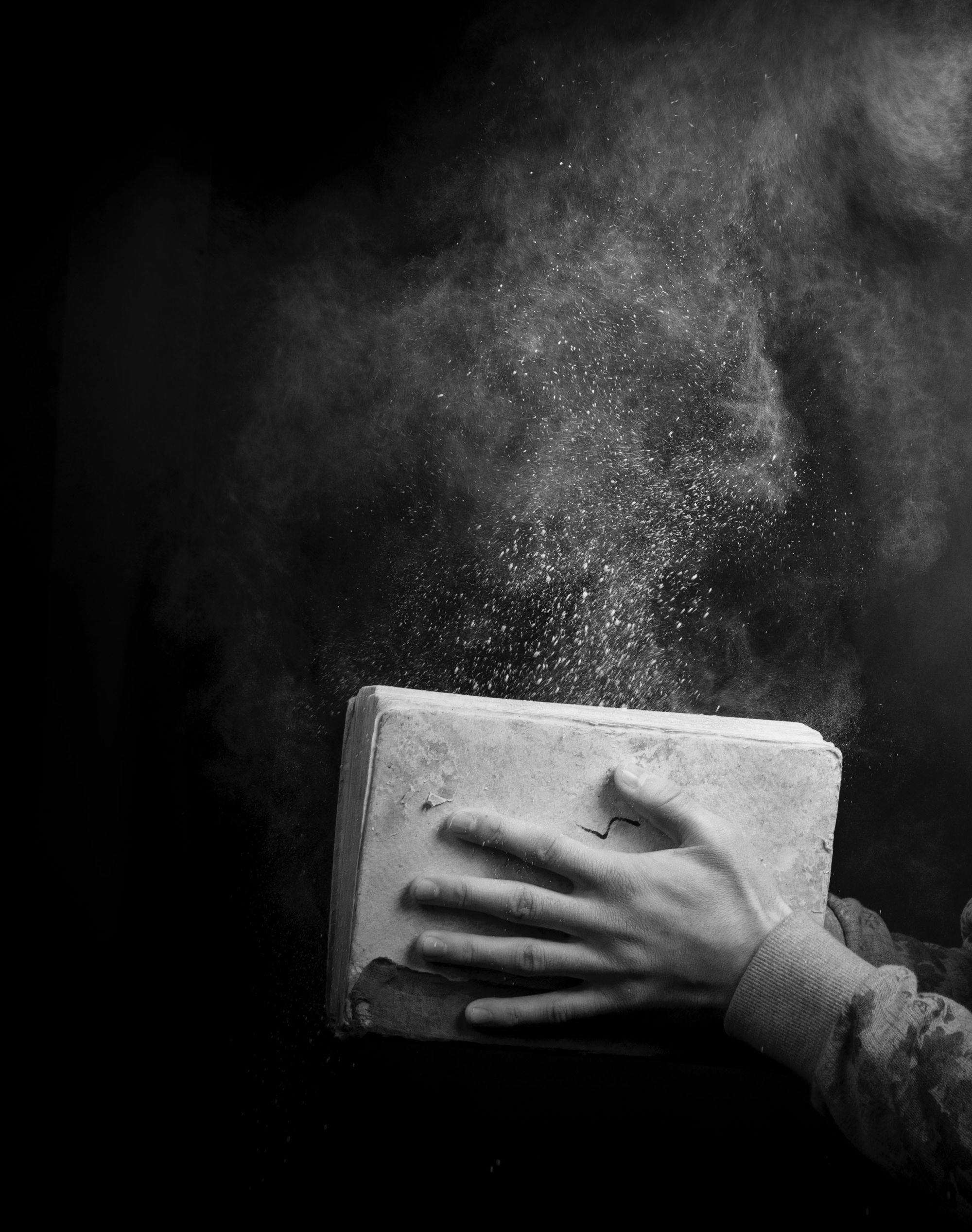
The Agony and Ecstasy of Switching Genres
I have written Young Adult fiction, but I am not a YA writer. Under my real name, I’ve published essays, poems and short stories, but I don’t consider myself a poet or a writer of literary fiction. Or, at least, not only those things.
Each time I set out to write a story, I do so knowing it likely won’t fit the bounds of today’s genres, that I must spend years revising it to fit the market so it will sell. So, when I hear agents ask aspiring authors what genre their book is in, I simultaneously cringe and feel glad that someone is warning those writers about the obstacles on the road ahead when their story doesn’t fit neatly on a single shelf.
Most writers tell stories like the ones they’ve read and loved, and I’m no exception. When I first wrote Driving by Starlight, my inspiration was Harper Lee’s To Kill a Mockingbird. I was telling the story of a young, boyish woman who idolizes her politically progressive father and starts to come to grips with the darker nature of the society she lives in. But when I was told at a writer’s conference that I was writing Young Adult, I was confused and disoriented. I had preconceived notions about the genre, most of which were rather unfair. I associated YA with lighter fare, stories of crushes on boys being the preoccupying concern of somewhat shallow and gossipy girls, or high fantasy Chosen One narratives.
Was To Kill a Mockingbird a YA novel?
I learned more about the genre, including that it was relatively new, that it was widely read and not just by teens. That there were deep, meaningful stories and even literary novels within the genre. The coming of age of any young person is a necessarily universal story, and will strike a chord with anyone with the curiosity to explore or revisit that phase of their own lives.
I started reading within the genre extensively, which as any agent will tell you is key to understanding what makes a genre tick. And the YA genre came with rules—starting with a young protagonist whose family is dead or dysfunctional by the end of Chapter One. Yup, Driving by Starlight was a YA novel.
But things got hard, strangely, not before but after it was published.
I had my next story drafted and revised and ready to go, and shopped it to my agent. She gave me the bad news quickly. At fewer than 30,000 words it wasn’t a novel but a novella, and didn’t fit into the Young Adult genre or any genre she could represent. She recommended I post it on Medium, which I did. I chose five tags for my story. I don’t remember all of them, but I do remember Sexism, Women in Tech, and Silicon Valley were three of them.
In some ways, by setting my story in progressive California I couldn’t have gone further from the Saudi Arabian backdrop of Driving by Starlight, where women couldn’t drive. But in both stories I was doing the same thing, sharing what Kirkus called a “powerful message about the complexities of being a woman in a man’s world.” The Divine Comedy of the Tech Sisterhood resonated with an entirely different set of readers. It went viral, thanks to Twitter, and was featured on the front page of Medium.
It found its audience, but I still don’t know what genre it is, but maybe it matters less than I thought.
Ultimately, that’s all genre is—a way to classify stories so that their readers can find them. It doesn’t have to be more constraining than that. What I’ve discovered since is that intentionally hopping genres can be enlightening and liberating.
I have much to learn about pacing and simpler language from the crime fiction bestsellers that fill grocery stores and airports, and that anyone who dismisses romance as ‘misogynist bodice-rippers’ is missing out on 23% of the fiction market and a billion dollar industry. I started to blog about what I was learning from my investigations, using each post as an attempt to write within the style of the author I was reading. It felt like taking up a new sport, with all the (mental) muscle aches and endorphins.
Am I making it harder for myself to fit my next novel within a genre? Possibly.
I am currently working on two different books, the first a queer romance set in Silicon Valley and the other a sci-fi thriller about a telepathic killer in an alternate Bhutan. To go through the traditional publishing path, I’ll need to make sure each fits within at least the broader boundaries of a genre, and find a very understanding agent. Even then, it’ll be hard. If I attempt to self-publish, I’ll have to look for the market on my own, find the right shelves on Amazon, promote in all the right places, and find comparable books whose readers might want something else like what they’ve just read.
But my inner struggle has settled. I know that genre doesn’t define or limit me.
It might take a few years before my sci-fi thriller finds a home, but in the meantime I can make it so compelling a read that nobody can put it down, no matter what genre it is.
And if someone calls my queer romance a cheesy bodice-ripper, I’ll be laughing all the way to the bank.
*Feature photo by Mohamed Abdelghaffar.